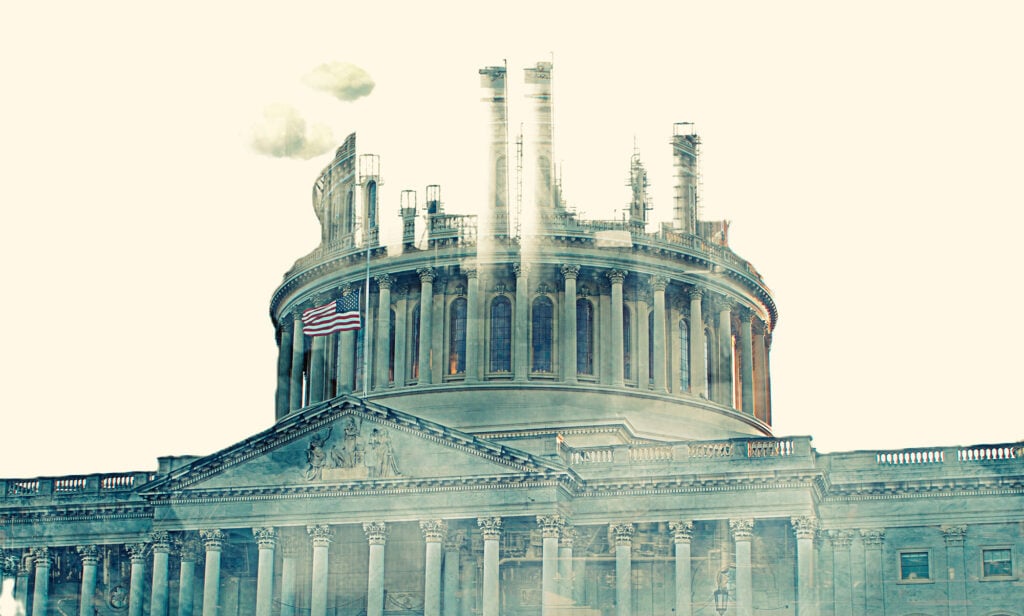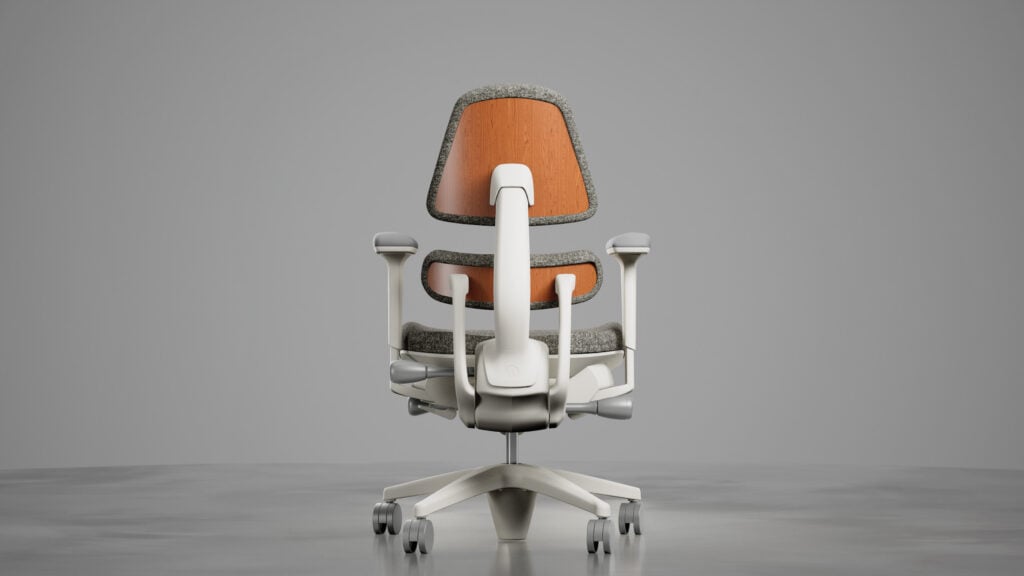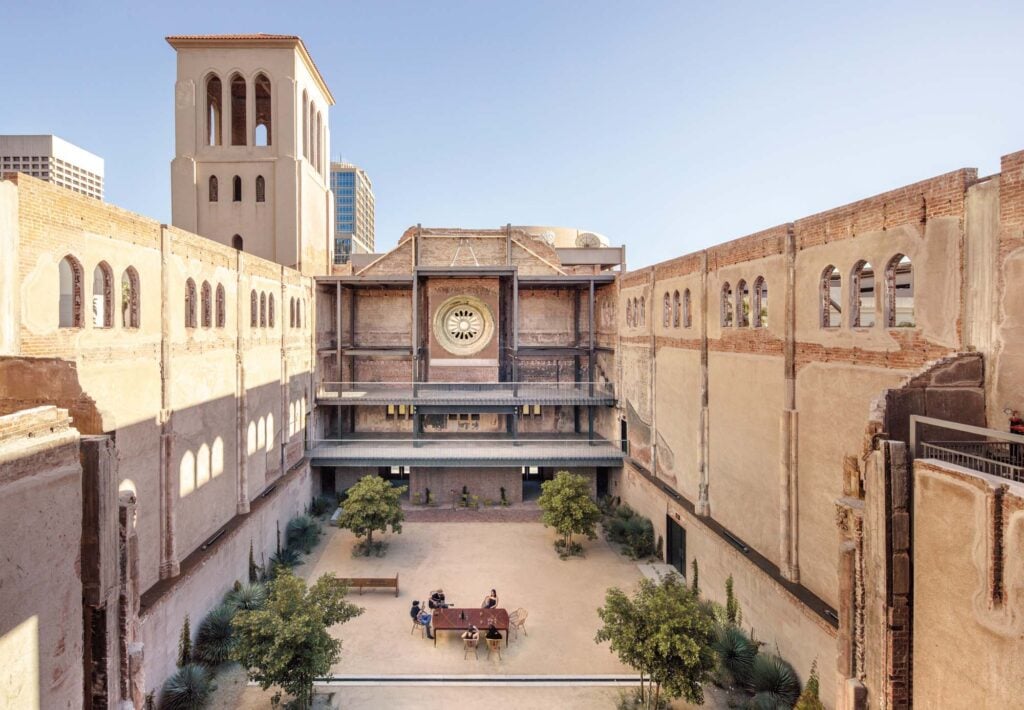
June 13, 2024
We Design Beirut Sheds Light on Lebanon’s Ever-resourceful Creative Community


Designing the Path Forward
The festival was mainly programmed in three distinct locales, including the former headquarters of globally recognized lighting brand PSLab, which was destroyed by the blast.
“We wanted to use locations in our country that had architectural value that you would visit, and it would make you feel something,” Wehbe says. “You would remember this city, and you wouldn’t come back every five years; you would come back every time you missed it. You would come back to Lebanon not because something had happened but because everything is happening.”
Held in both indoor and outdoor sections of the repurposed site, the We Empower exhibition incorporated an interactive Métier D’Art showcase in which craftspeople such as Fatima Al-Tartousi and Dima Stephan of studio Rattan Hun actively created new works en plein air in their respective mediums of engraved copper and woven rattan—traditional techniques deeply rooted in Lebanese identity.
In her opening address, Wehbe also emphasized how such a project could only have been achieved through the collective effort of the country’s tight-knit creative community and its highly impactful diaspora, as well as important benefactors. Wehbe was aided in the overall endeavor by multidisciplinary designer and partner Samer Alameen.
“We stand with inclusivity for our craftsman, for our students,” she said. “We stand with inclusivity with anybody that wants to be part of We Design Beirut. This is the city of magic, the city of contradictions, of creativity, food, hospitality, love, and music. There is some pain, but this is a resilient city that’s just coming back to life.” For her, this level of engagement is central to being resilient.

A Resilient Renaissance
For some, the term resiliency—or tenacity—is controversial as it suggests a level of invincibility, a capacity to go at it alone, time and time again. Wehbe turned those connotations around by suggesting how integral the involvement of the international design industry is to Beirut’s current renaissance.
For widely recognized designers like Nada Debs, Karen Chekerdjian, and Georges Mohasseb, the drive to succeed is as much about opening up to the outside world as it is about being resourceful while addressing internal challenges. The festival illustrated dynamic solutions that are specific to Beirut’s context but that could also have a global impact.
The We Empower program also included a panel titled The Importance of Craftsmanship and Artisans in our Community. Moderated by art critic and curator Nadine Khalil, the talk brought together leading designers such as Chekerdjian, Debs, and Mohasseb, among others. What was revealed is that this type of bespoke cottage-industry production is one of the only available resources for designers in the city. Lebanon has never been home to a major industry. Architect Michèle Maria Chaya, co-principal of local practice MARIAGROUP, noted that craft is a necessity here, not a novelty. Whether a ground-up building or interior, her projects are achieved by artisans.
Her husband Karim Chaya, a noted multidisciplinary industrial designer, stated that by working with local artisans, these creatives have been able to provide these artisans with new relevancy, and a way for them to continue their specialized trades. Khalil, however, highlighted the dilemma of whether pushing these skilled craftspeople to apply their expertise in new ways—say Deb’s recently released SWIRL occasional table series—actually allows them to maintain those passed-down trades or if the process of constant reinvention and innovation could lead to unintentional erasure, pushing them further away from their traditions. It’s a delicate balance.

Making Materials Matter
Also on view, Karim Chaya debuted the latest speculative developments from the BlattChaya cement tile company he helps run. The company transcended traditional geometric pattern work by implementing the age-old hand-molding technique in new formats and created a large, interconnected abstract mural.
Adding a sustainable spin to this Lebanese craft were designers Annie Fadye and Fady Saleme. They recently collaborated with another cement tile brand Blat El Atiq and opted to use a recycled and pulverized glass paste rather than traditional cement. Their concept was presented as part of the We Design Beirut Materials Exhibition, a survey of new materials developed using local resources, both raw and recycled.
Appropriately mounted at the converted industrial site, Abroyan Factory, the We Sustain program also included an extensive presentation of thesis projects by recent graduates from the city’s various design schools such as the American University of Beirut and Academie Libanaise des Beaux-Arts (ALBA).

Beirut Reuses and Recycles
Cleverly speculative projects included Alexandre Abdelnour’s Potify, a modular system of geometrically formed stackable plant pots produced using upcycled plastic waste collected on the streets of Beirut. Walking throughout the city, one notices that residents often use found debris to hold their parking spots. This design is meant to be a considered alternative.
The guiding themes of hybridity, nomadism, climate responsiveness, and even playfulness cropped up in various student concepts. Projects such as ALBA graduate George Baida’s modular urban seat concept, Cilos, and Hadi Abou Hamdan’s The Transbollard—a recycled bench that attaches to different infrastructural street elements—demonstrated that the strain of resourcefulness centers heavily on adaptability and adhocism.
For internationally renowned Lebanese architect Bernard Khoury, this resourceful and unhindered condition has allowed him to develop paradigm-shifting projects. His notorious B018 nightclub finds its home in a converted underground bunker with a roof that opens up at night. The project features imagery that coalesces as a memorial to the Armenians and Palestinians who once lived in a nearby refugee camp.

Can Beirut’s Design Dreams Come True?
For We Design Beirut, Khoury mounted the All Things Must(n’t) Past exhibition, a temporary “anti-retrospective” incorporating a vast array of his equally prolific and polymathic father Khalil Khouri’s archival material. Mounted in the iconic, Brutalist-style Interdesign building, the comprehensive exhibition re-activated the unique structure, one that remained shuttered for 50 years because of financial and political instability.
The notion of resourcefulness in Beirut isn’t something new. As Bernard Khoury pointed out in a panel about the exhibition, his father—an architect and artist as much as a furniture designer and producer—had uncovered innovative wood bending techniques separated from those developed by the Eames. During a period of midcentury economic and cultural growth, Khalil Khouri managed to establish a thriving furniture manufacturing company, Interdesign, and developed everything in-house.
In a response to a question about its fate, the late great architect’s grandson Teymour Khoury, who also helped curate the show, concluded that any ambition to keep Beirut’s current creative renaissance going or effort to establish physical platforms could only be achieved through local collective, non-governmental, action and the continued engagement of the international community. It’s a poignant notion that brings visitors full circle back to the dream Wehbe and team began with.
Would you like to comment on this article? Send your thoughts to: [email protected]
Latest
Viewpoints
3 Sustainability News Updates for Q3 2024
Policy initiatives are gathering momentum as the federal government and building sector organizations align their expertise under the umbrella of the Inflation Reduction Act.
Products
The Anthros Chair Goes Beyond Ergonomics
A brand-new task chair comes out of decades-long evidence-based research into wheelchair design and the human body.
Projects
Monroe Street Abbey Is an Armature from the Past for the Future
Discover how Jones Studio transformed the ruins of a former Baptist church in Phoenix into a community-centered garden and event venue.





